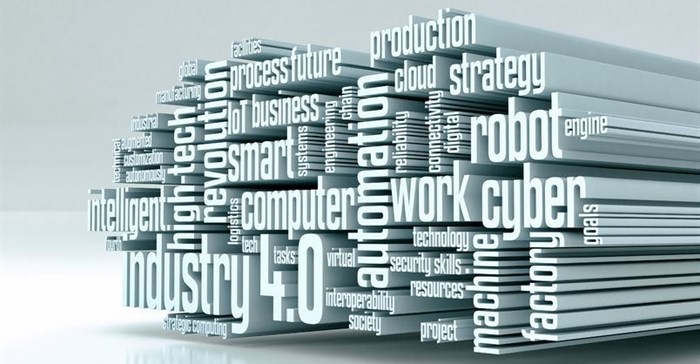Will additive manufacturing inspire the next industrial revolution?

The first industrial revolution was inspired by the use of water and steam to power heavy machinery, while the second relied on electricity for mass production. The first publicly available applications of electrical power came around the 1870s with the invention of the light bulb. The third industrial revolution came in the early 20th century with the utilisation of electronics and information technology to automate production.
The current industrial revolution is believed to be building on the achievements of the third industrial revolution by fusing different technologies in a bid to automate the existential nature of human beings. Advances in digital technologies are changing the way we live. Fewer people are holding meetings in boardrooms while more continue to switch to digital platforms that allow conferencing like Microsoft’s Skype.
In the healthcare industry, biochemistry is being replaced with biotechnology while the brick-and-mortar financial services industry is slowly losing its mantle to the advances made in fintech. Advances in Engineering are helping man to explore space in more detail than ever before, while companies like Tesla continue to influence the auto industry in a bid to increase the production of electrically powered automobiles.
Marketable products
The manufacturing industry, on the other hand, has witnessed a great deal of change in design and production technologies with 3D printing being amongst the most promising catalysts for growth. While 3D printing appears to have failed to live up to the promise it showed a few years ago, it still has a few cards to play in the additive manufacturing market space during the current industrial revolution.
Based on past industrial revolutions, it appears as though mass production is a key element in every era. And looking at the various technologies that could play a major role in the current industrial revolution, 3D printing could easily deliver on that front if it became more applicable at a consumer level.
By definition, additive manufacturing refers to the processes used to synthesise a 3D object by forming successive layers under computer control to create the object. Until recently, additive manufacturing was used to create prototypes rather than marketable products.
However, according to developing trends in the additive manufacturing market, the situation appears to be changing, with more companies now looking to advance their technologies to production level. Reports indicate that companies are now looking to move from modeling prototypes to products—and this could be the catalyst the industry has been needing to move to the next level. Stratasys and 3D Systems are seen as the main players in the market, but since investors started binge investing in the two stocks a few years ago, more players have cropped up, and the industry will only get bigger.
Several research reports are projecting the additive manufacturing market will grow to nearly $11 billion within the next five years based on the 2017 valuation of about $6 billion, while in 2015 the market was valued at about $4 billion. This suggests an annual growth rate of about $1 billion, which considering the fact that most companies are still only using the technology for prototyping, the growth could be larger from mid-2020s going forward.
However, the biggest challenge that remains is whether consumers will embrace using 3D-printed products in place of products produced using mainstream industrial processes. Some will have doubts on the quality of the products.
The good news though is that manufacturers have a few cards that they intend to play. For instance, rather than making the final product meant for the consumer, why not focus on making products that will be used to manufacture the final product?
Production chain
The 3D product will be manufactured for use in the industry rather than for the final consumer. For instance, there are companies that manufacture millions of like products per day. A good example is spare parts for motor vehicles. Using one machine to replicate several products per day can slow production, so instead, companies can 3D-print more machines to expedite production.
In fact, some are already utilising additive processes within their production chains, replacing humans with 3D-printed machines to automate processes thereby making production more repeatable and industrial.
By replacing some of the processes with 3D-printed machines, it makes the production process smoother and quicker. And given the fact that companies will not need to develop each part of the system manually, it makes it even easier to set up a whole manufacturing system.
And just to demonstrate how serious companies are looking to leap into the next level of industrial production, reports already indicate that some are considering increasing their additive manufacturing systems from 1-3 to the range of 30-100 in 2017.
Additive manufacturing is having an impact on every major industry and this could be the catalyst for the next industrial revolution. Some already believe that we are in the era of the fourth industrial revolution, which is inspired by the fusion of digital technologies with information technology.
While there has been a major shift in the way we live due to these advances, it appears as though that there is still another step remaining before we can actually consider the developments of the last 50-60 years as an industrial revolution.
The additive manufacturing market has the capacity to affect things in a way that could inspire the next industrial revolution. We could be 3D-printing materials for building houses, furniture, bridges, and even cars within the next few years.























